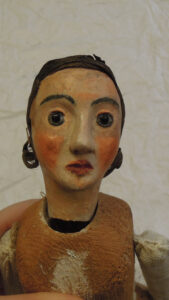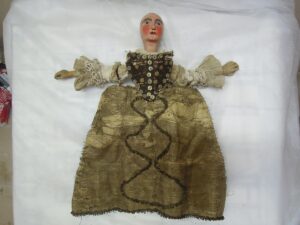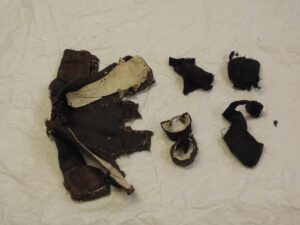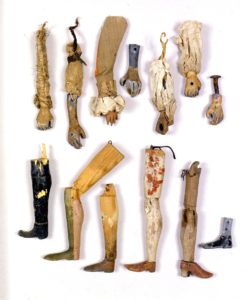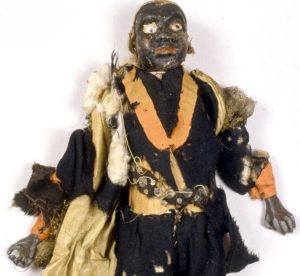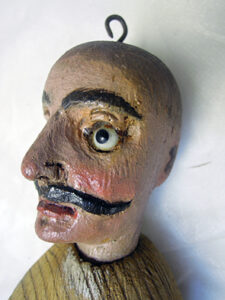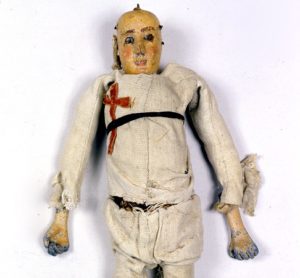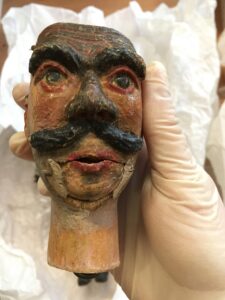Twenty 18th-century marionettes at Casa Goldoni
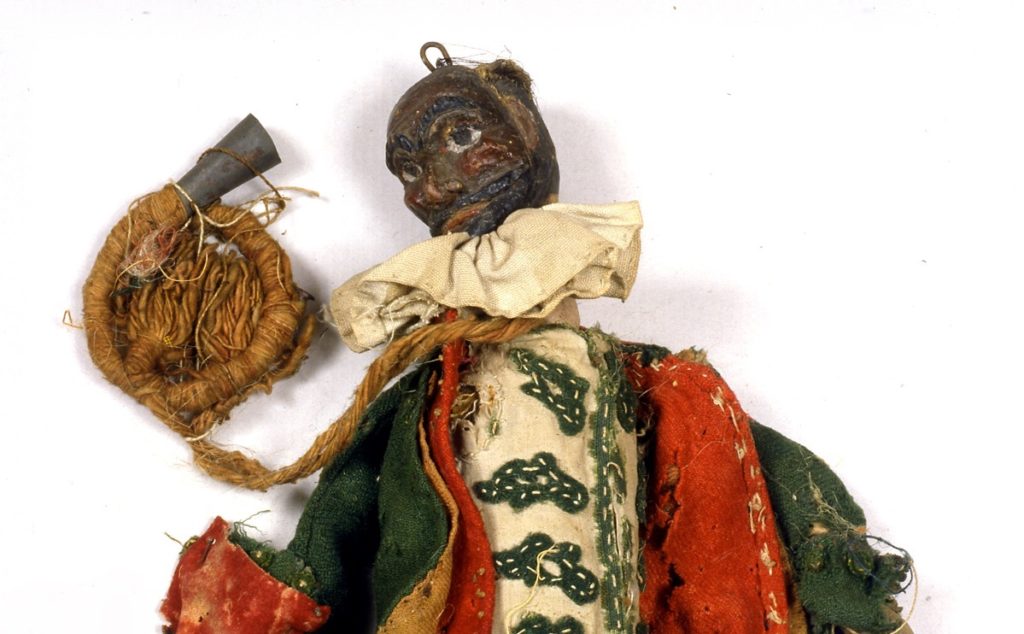
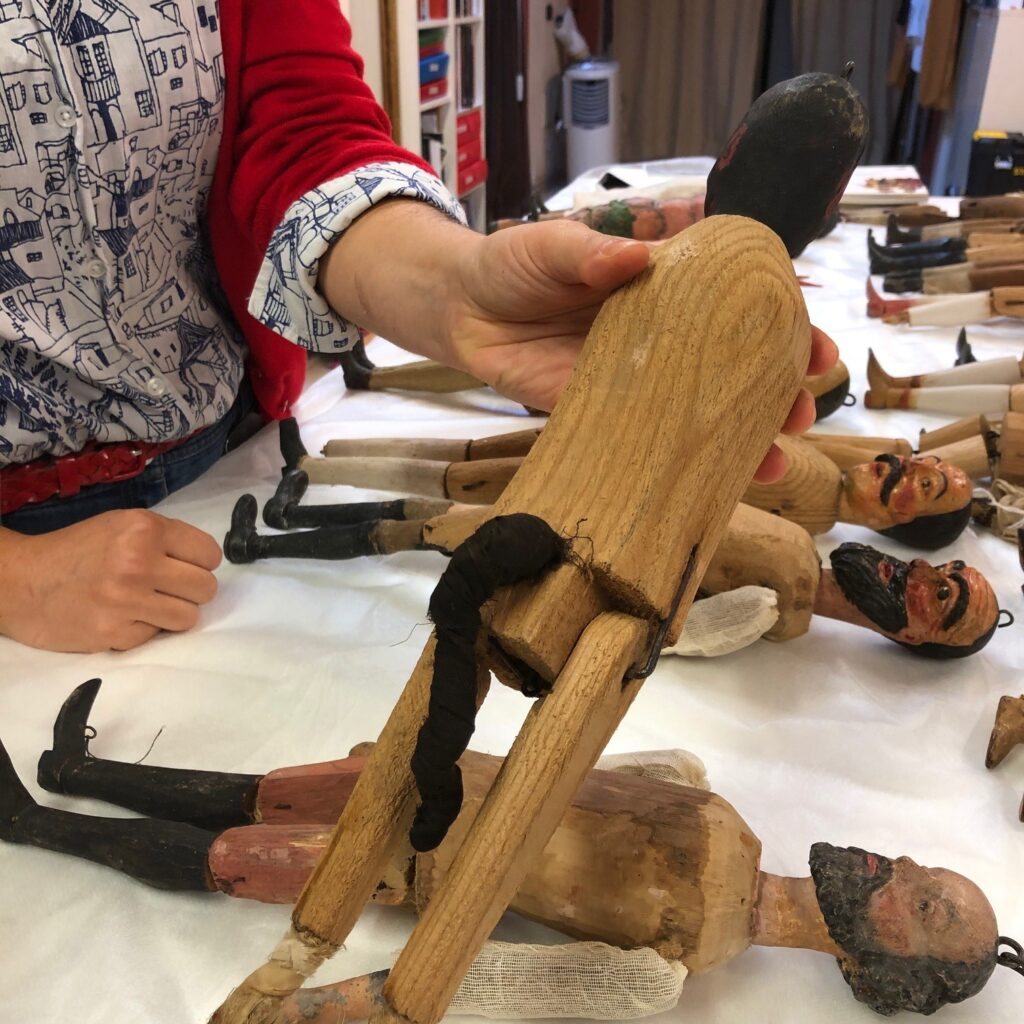
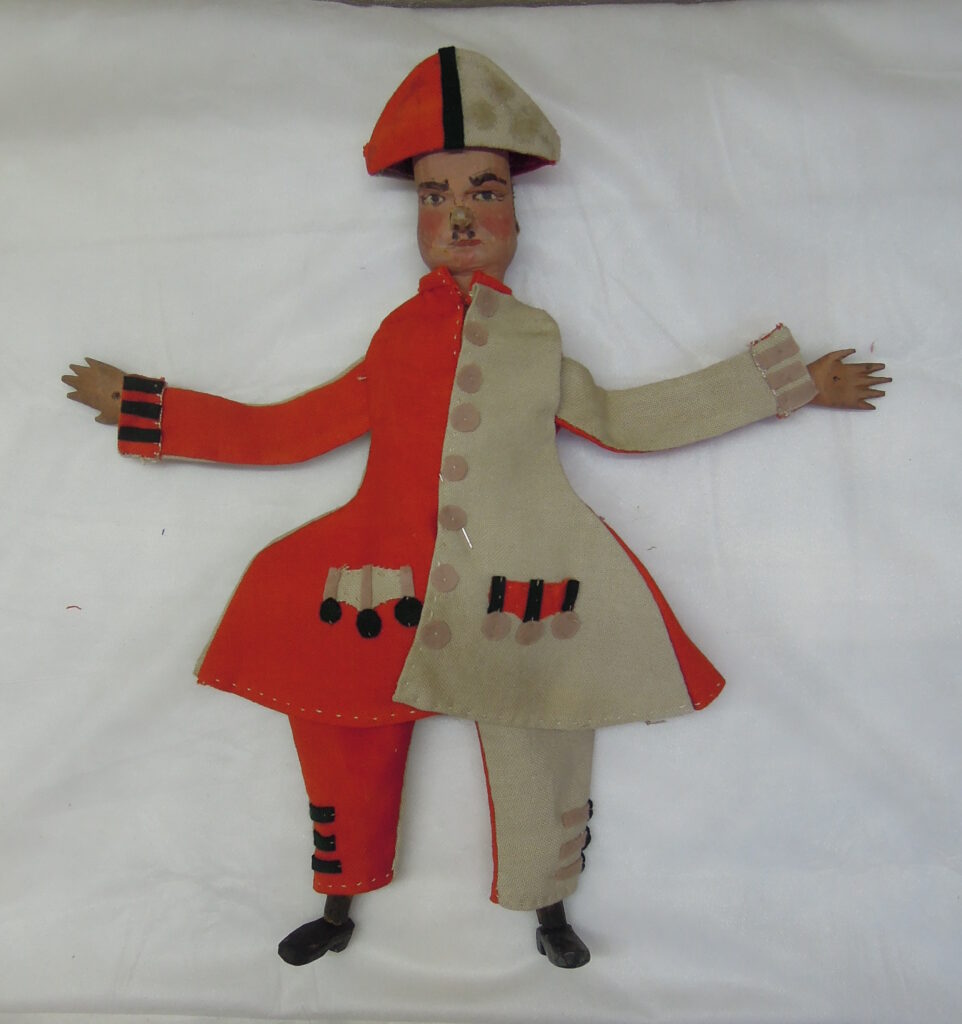
About the project
This conservation campaign focused on twenty marionettes – string operated puppets rather than hand puppets – part of a group bequeathed to the city of Venice by the Arbib family, some of which come from one of the few documented aristocratic puppet theatres belonging to the 18th century Ca’ Grimani in Cannaregio.
Whilst the puppets are not masterpieces of Venetian art and are often rough and ready in their construction, they represent an overlooked and fascinating aspect of Venetian culture from the last decades of the Venetian Republic. They also reflect the diversity of 18th century Venetian society, its fashions and the creative ingenuity of the puppeteers.
Many of Italy’s greatest actors learned their craft in Venetian repertory companies. A much -loved theatrical genre was the marionette theatre, in which puppets, manipulated with astounding skill, acted every kind of drama, including opera, on miniature stages complete with expensive costumes and complicated scene changes. By the early 18th century the marionettes were so popular that several patrician families built special theatres for such performances.
Among those captivated by this world in miniature was the fabulously versatile and prolific playwright, Carlo Goldoni (1707-93). His birth place, the medieval Palazzo Centanni, in S. Polo, is now a museum with an 18th-century marionette theatre and a collection of historic marionettes, of which these twenty characters are a part.
How to find it
In brief
- This project was completed in 2020 and cost £10,000
- The conservator was Chiara Olimpia Angolani.
- The twenty marionettes make up three groups, one from the 18th century Ca’ Grimani theatre and two other groups of a slightly later date.
- Conservation involved repair, woodworm treatment, careful cleaning and reordering of any ‘spare parts’ which have been catalogued and stored for reference.
- The puppet bodies are made of wood, the limbs jointed and fixed with metal pins, or articulated with hinges and hooks. Other materials used are tow, hemp cord, linen, felt and glass as well as 18th and 19th-century fabrics.
- By removing later paint layers, the original features of each character were revealed.
- Some marionettes were given new costumes made from old fabrics – like the red and white outfit for Polichinelle shown here – so that the puppets can be better understood and displayed.
- For information on the Ca’ Goldoni Museum

